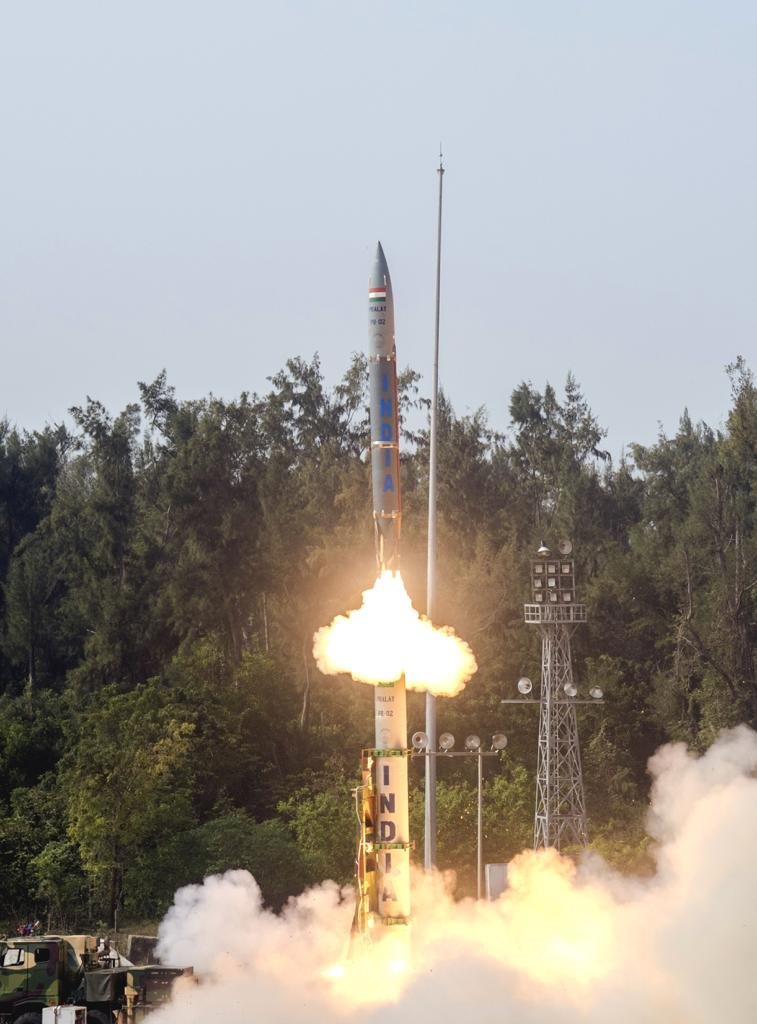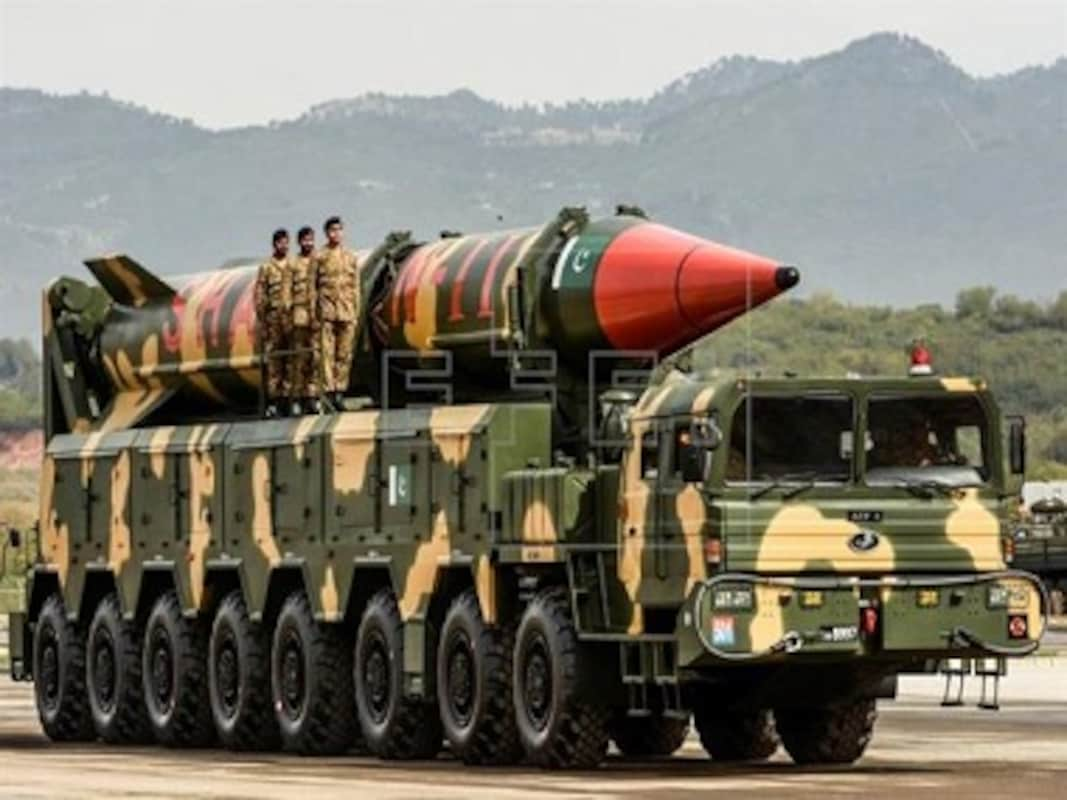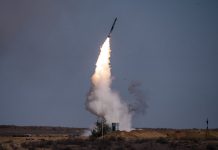India successfully test-fired its new generation Pralay surface-to-surface short-range ballistic missile (SRBM) on December 22. This development came just a day after Pakistan announced the successful test launch of an enhanced version of its indigenous Babur cruise missile 1B.
India’s Defence Research and Development Organisation (DRDO) conducted the test of indigenously developed surface-to-surface missile ‘Pralay’ from Dr. APJ Abdul Kalam Island, off the coast of Odisha.
The new missile, which was launched from a canister, followed the planned quasi-ballistic trajectory and hit the target with high precision, confirming the control, guidance, and mission algorithms.
#WATCH 'Pralay' surface to surface ballistic missile successfully testfired
(Source: DRDO) pic.twitter.com/MjW9lYR1Cm
— ANI (@ANI) December 22, 2021
According to a defense official, the mission has achieved all of its goals. All of the subsystems operated well. The missile trajectory was monitored and all events were collected by sensors stationed near the impact point across the east coast, he said.
Defense Minister Rajnath Singh lauded DRDO and associated teams for this maiden flight trial. The Pralay is reportedly based on the Indian ballistic missile Prithvi. It uses a solid-propellant rocket motor and incorporates a number of novel technologies.

It can strike targets at a range of up to 500 kilometers with a payload of roughly 1000 kg. The missile guidance system has a cutting-edge navigation system as well as integrated avionics. The missile is capable of launching from a mobile launcher within short notice.
Dr. G Satheesh Reddy, Chairman of the DRDO, claimed the missile is a new generation surface-to-surface weapon with modern technologies. It will be inducted into the armed forces after a few more experimental testing. Its early adoption will provide the forces with much-needed push, he continued. In March 2015, the project to develop this missile was approved with a budget of about Rs 333 crore.
India Expanding Its Missile Inventory
This ‘Pralay’ is the latest in a line of missiles that India has lately tested. As reported previously by The Eurasian Times, the country performed a series of weapon tests including the Helicopter-launched Stand-off Anti-Tank (SANT) missile, long-range Supersonic Missile Assisted Torpedo (SMART), and the Pinaka Mk2 extended-range rocket, recently.

Moreover, the Indian Air Force (IAF) is reportedly deploying the first squadron of the S-400 air defense missile system in the northern state of Punjab, bordering Pakistan. India also successfully test-fired its new Agni Prime Missile just a few days ago. The Agni-P is the latest variant of the Agni missile family.
This Agni-P test was significant because it comes amid high-level discussions about a ‘Rocket Force,’ that was first envisioned by the late Chief of Defense Staff General Bipin Rawat, in September this year.
The Agni P Missile has been successfully tested off the coast of Odisha.
The flight test has proven the reliable performance of all the advanced technologies integrated into the system.
Congratulations to Team @DRDO_India. The nation is proud of their achievements. pic.twitter.com/14CCwT6sG8
— Rajnath Singh (@rajnathsingh) December 18, 2021
India and Pakistan have long regarded each other as regional rivals, which has resulted in the continued development of their missile-delivery systems and related nuclear arsenals, triggering an arms race. While Indian policy appears to be aimed towards confronting a ‘two-front war’ against Pakistan and China, Islamabad looks to be developing its weapon with India in mind.
Pakistan’s Babur 1B Missile
On December 21, Pakistan successfully tested the Babur cruise missile 1B. The Babur cruise missile, which was developed indigenously, has a range of more than 900 kilometers, which is twice the range of an earlier version.

Pakistan conducted a successful training launch of the earlier variant of the Babar cruise missile in February. The previous version had an effective range of only 450 kilometers. According to a Pakistan military statement, the ordinance is capable of striking both land and sea targets with “high accuracy”.
Lieutenant General Nadeem Zaki Manj, the head of the Pakistani army’s Strategic Plans Division, claimed the latest test will improve Pakistan’s “strategic deterrence”. The missile’s extended range further strengthened nuclear-armed Pakistan’s military capability.

In August, it was reported that Pakistan also performed a successful test flight of Fatah-1, a homegrown guided multi-launch rocket system capable of carrying conventional warheads. This was the missile’s second test, with the first taking place in January.
Maj Gen Babar Iftikhar, chief of Inter-Services Public Relations (ISPR), had stated the weapon system could deliver a conventional warhead up to a range of 140 kilometers.
In March 2021, the Pakistani army successfully tested the Shaheen 1-A medium-range ballistic missile. The test flight was intended to revalidate numerous design and technical characteristics of the weapon system, including an upgraded navigation system, according to the military’s media wing.
- Contact the author at ashishmichel@gmail.com
- Follow EurAsian Times on Google News




